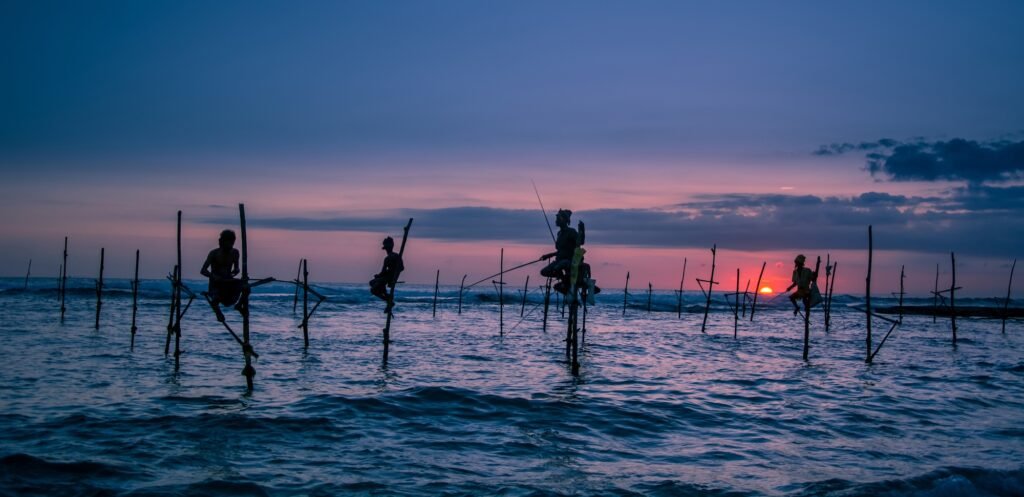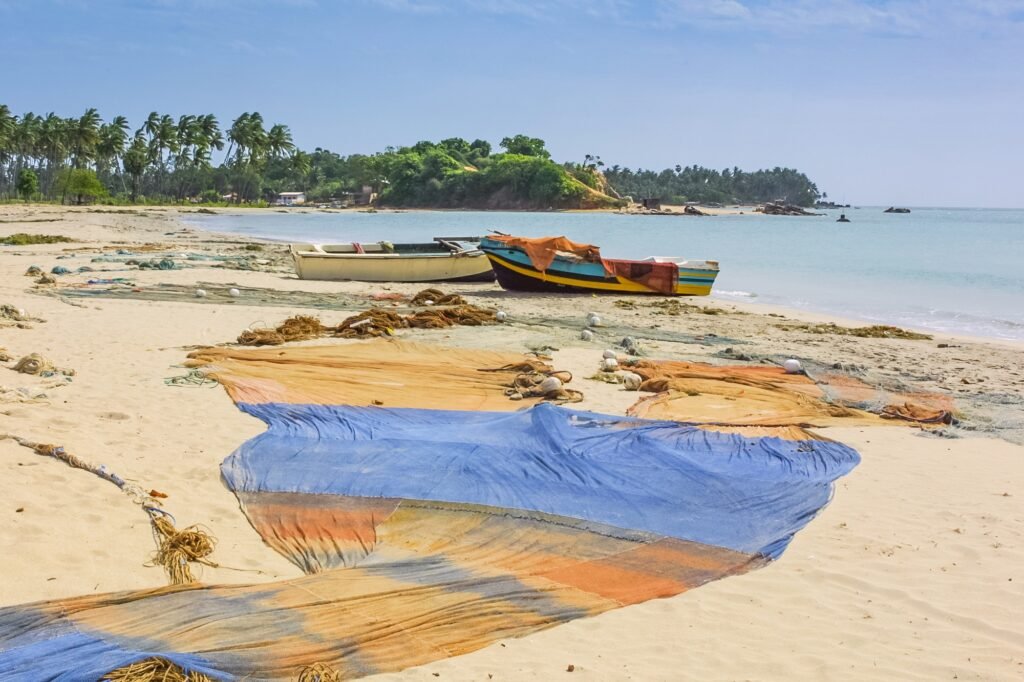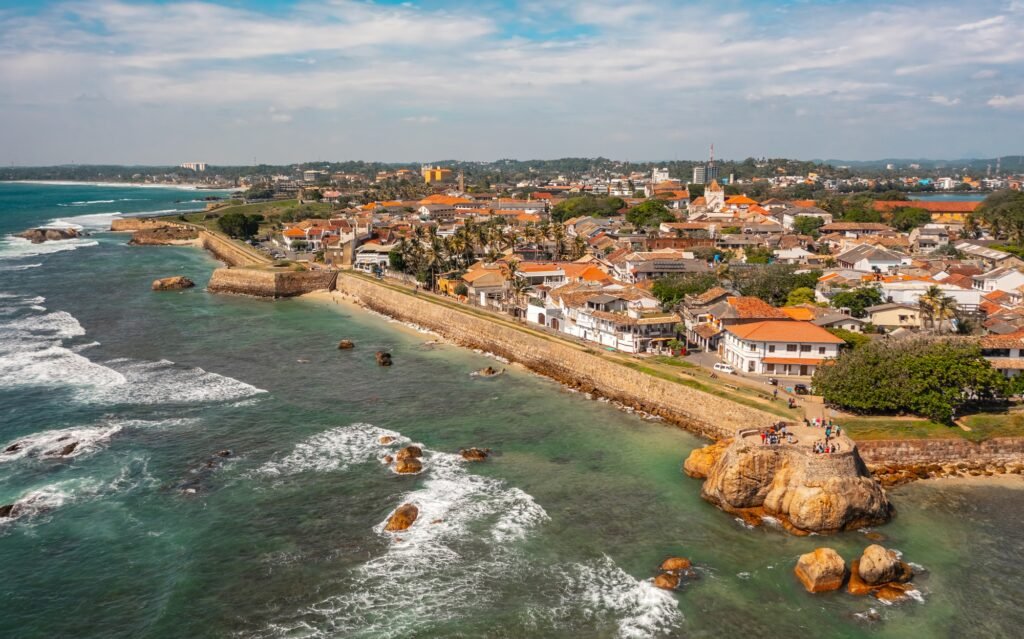Introduction to Yala National Park
Yala National Park, located on the southeastern coast of Sri Lanka, is a premier destination for wildlife enthusiasts and adventure travelers. Spanning approximately 979 square kilometers, it ranks as the second-largest national park in the country, consisting of a mixture of ecosystems including moist and dry monsoonal forests, scrublands, wetlands, and coastal lagoons. This diverse range of habitats makes Yala a magnet for a variety of wildlife species, most notably the Sri Lankan leopard, the park’s most iconic inhabitant.
As one of the best places to experience a Sri Lanka leopard safari, Yala National Park offers visitors a unique opportunity to witness these elusive creatures in their natural habitat. With a population density that is among the highest in the world, spotting a leopard during a yala safari in Sri Lanka is a thrilling experience. Additionally, the park is home to a rich collection of fauna including elephants, sloth bears, and an impressive variety of bird species, making it an ideal location for those interested in wildlife photography in Yala, Sri Lanka.
Many travelers wonder what to see in Yala National Park beyond the leopards and elephants. The park is divided into several zones, each boasting distinct landscapes and ecosystems, allowing for different wildlife sightings based on the area explored. For families, wildlife lovers, and eco-tourists, Yala offers a blend of adventure and education, showcasing the importance of conservation in preserving these ecosystems.
The best time to visit Yala National Park is during the dry season, typically from February to June, when animals congregate around water sources, significantly increasing the chances of sightings. With well-maintained roads and the option to book a safari easily, Yala is indeed a worthy addition to any travel itinerary in Sri Lanka.
Unique Attractions of Yala National Park
Yala National Park, a premier wildlife destination in Sri Lanka, embodies a rich tapestry of biodiversity that captivates visitors from around the globe. Among its many attractions, the chance to observe the elusive Sri Lankan leopard stands out, as this park boasts one of the highest densities of leopards in the world. These majestic creatures often become the focal point of the yala safari sri lanka, drawing wildlife enthusiasts and photographers alike who are eager to capture the perfect shot amidst the backdrop of Yala’s stunning landscapes.
In addition to leopards, Yala National Park is home to a variety of wildlife, including herds of elephants that roam freely across the park’s vast expanse. Often seen bathing in the lagoons or foraging in the grasslands, these gentle giants add a unique allure to the park’s ecosystem. Birdwatchers will also find Yala to be a paradise, with over 200 species of birds, including the endemic Sri Lankan Junglefowl and the elegant painted stork. The best time to visit Yala National Park for birdwatching is typically from November to April, when migratory birds add to the vibrant avian population.
Yala’s diverse habitats — ranging from open grasslands and scrub forests to coastal lagoons and wetlands — contribute significantly to its rich biodiversity. These varied landscapes not only support a wide range of fauna but also create picturesque settings for wildlife photography in Yala, Sri Lanka. Capturing moments of animals in their natural habitat becomes a rewarding experience for many visitors, making Yala an unmissable destination for both casual visitors and serious photographers.
With its exceptional wildlife sightings and diverse ecosystems, Yala National Park undoubtedly stands out as a premier wildlife sanctuary, offering visitors unique experiences that extend beyond just a typical safari.
Planning Your Visit to Yala National Park
Yala National Park, one of Sri Lanka’s premier wildlife destinations, offers an incredible opportunity for nature enthusiasts and wildlife lovers. To make the most of your trip, planning is essential, considering factors such as the best time to visit, the types of safari available, and accommodation options nearby.
The optimal time to visit Yala National Park is typically between February and June, when wildlife is most active and water sources are limited, making animals easier to spot. During this period, the dry months foster excellent conditions for a Yala safari in Sri Lanka, particularly for viewing the elusive Sri Lankan leopard, which is a key attraction of the park.
Visitors can choose from a variety of safari options, including jeep safaris and guided tours. Jeep safaris are the most popular and provide an adventurous way to navigate the park while maximizing the chances of observing diverse wildlife. Guided tours can offer an enriched experience through informed commentary about the flora and fauna. It is advisable to book your safari in advance, especially during peak seasons, which can be done online or through local operators.
Ensuring a safe and enjoyable experience involves packing essential items, such as sunscreen, insect repellent, hats, binoculars for wildlife photography in Yala Sri Lanka, and adequate water. Familiarize yourself with the regulations of the park to respect wildlife and the environment during your visit.
Regarding accommodation, options near Yala National Park abound. Visitors can choose from luxurious lodges, such as eco-friendly retreats or tented camps offering a more immersive experience in nature. For those on a budget, guesthouses and campsites provide basic amenities for a straightforward stay. With various choices, you can find a suitable place that aligns with your preferences and budget.
Responsible Wildlife Tourism in Yala
Yala National Park stands as a prominent wildlife destination in Sri Lanka, famous for its diverse ecosystems and iconic species, including the elusive Sri Lankan leopard. However, with the increasing influx of tourists eager to experience a Yala safari, it is essential to prioritize responsible wildlife tourism to ensure the sustainability of the park and its wildlife. Responsible tourism emphasizes ethical interactions with animals and vital conservation efforts, which can positively impact the surrounding ecosystems.
Visitors to Yala National Park should remain aware of the importance of keeping a respectful distance from wildlife. Approaching animals too closely can not only disrupt their natural behaviors but can also increase stress levels among them. Guidelines provided by the park authorities must be complied with, as these rules are designed to protect both visitors and wildlife. By following standard practices, such as observing wildlife from designated viewing points and avoiding loud noises, tourists play a significant role in the park’s conservation efforts.
Furthermore, it is essential to minimize one’s ecological footprint while exploring Yala National Park. This involves practices such as staying on designated trails, avoiding littering, and using eco-friendly products during your visit. Understanding the significance of the ecosystem within Yala helps visitors appreciate the delicate balance that sustains the park’s wildlife and landscapes. Tourists can also contribute positively by supporting local conservation initiatives and participating in community programs that aim to protect wildlife habitats.
Ultimately, ethical wildlife tourism invites visitors to engage meaningfully with nature while fostering a spirit of respect and stewardship towards Yala National Park’s unique biodiversity. By promoting responsible behaviors, we can help ensure that future generations can enjoy the beauty of this remarkable natural haven, making every Yala national park safari a sustainable one.



